For ethnic minorities in Kon Tum , dragonfly pupae are a dish from difficult days, when rice had not yet entered the harvest season, when salt, fish, and meat were in short supply, dragonfly pupae were a valuable source of protein, the "wild meat" of children in the highlands.
Moreover, in folk festivals such as: new rice celebration, Yang (god) worshiping ceremony..., dragonfly pupae are like a gift offered to the Forest God, Water God. In the past, whoever caught the most pupae in the village was considered lucky, would have a bountiful harvest.
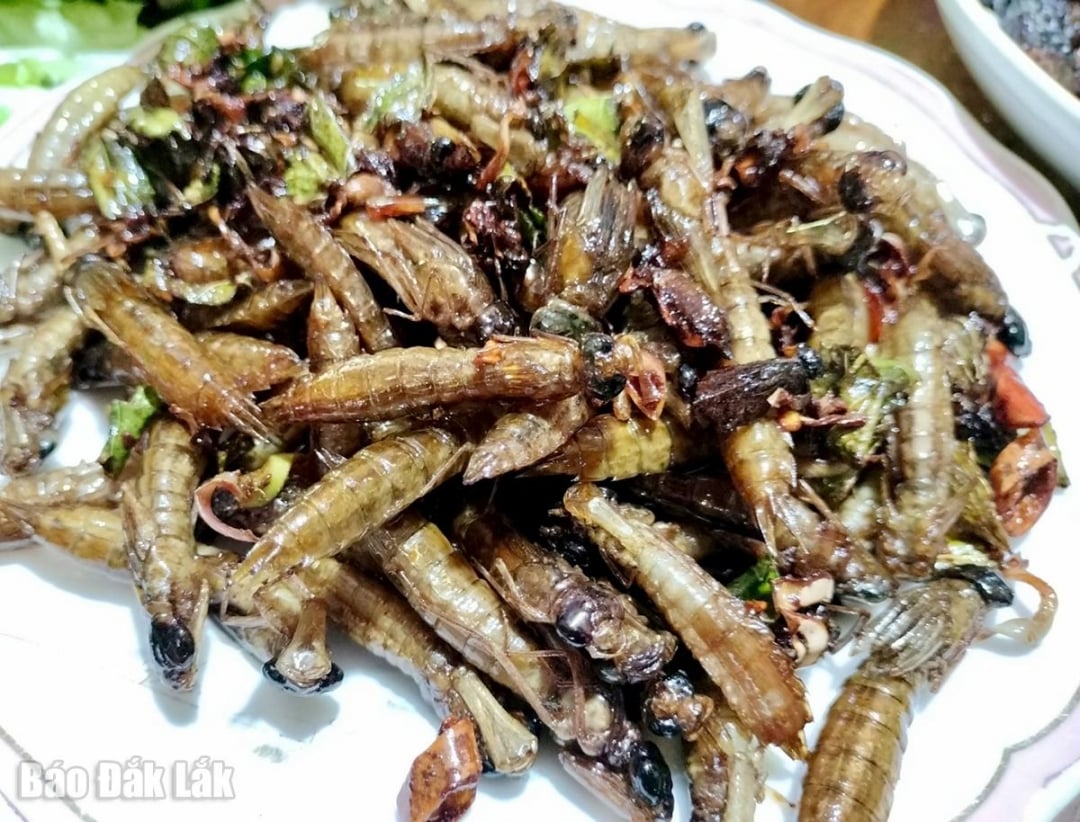 |
| Dragonfly pupae after being processed. |
When the rains pour down on the mountains and forests, thousands of young dragonflies begin to hatch from puddles, ponds, and rice fields. Indigenous people, especially young people and children, often bring very simple tools such as bamboo baskets, nets, or simply skillful hands, along the banks of streams or swamps to catch dragonfly pupae. Village elder A Yui (Kon Klor village, Dak Ro Wa commune, Kon Tum city) shared: "Catching pupae must be skillful, otherwise the pupae will break and lose their deliciousness. Dragonfly pupae are plump, ivory white, and soft like silkworm pupae, but they are fatter, more fragrant, and less fishy." On average, a person can catch 300 - 500 grams of pupae in one morning, enough for a family meal.
Unlike many other insects that can be cooked immediately, dragonfly pupae need to be carefully prepared to ensure food safety as well as to preserve their natural sweetness. After being caught, the pupae are soaked in diluted salt water mixed with ginger juice to remove odor and clean. The water needs to be changed many times to “clarify” the pupae. After about 30 minutes, the pupae are taken out and drained before being processed.
Ms. Y Thanh, a person who specializes in preparing dragonfly pupae, said: “This dish cannot be made in a hurry. You have to wash it thoroughly, then let the pupae release some of their water, so that when stir-fried, they will be crispy and fragrant.” There are many ways to prepare dragonfly pupae, but the most common is to stir-fry them with lemon leaves, wild chili or lemongrass, chili. Some families can dry-roast them to eat gradually, or cook pupae porridge with sticky rice, a dish considered very nutritious, especially for the elderly and children.
In the smoky kitchen of the stilt house, the sound of boiling fat mixed with the aroma of lemongrass and julienned lemon leaves, each golden, plump dragonfly pupa gradually shriveled in the hot pan. When eaten, the fatty taste spreads but is not greasy, but has a hint of the sweetness of the earth and sky, the richness of the mountains and forests. "If anyone has ever tried it, it will be hard to forget. I am afraid of insects, but after eating this dish, I feel like I am tasting something very familiar, very natural, extremely attractive", Ms. Le Thi Tham (35 years old, a tourist from Da Nang City) shared after enjoying the stir-fried pupa with lemongrass and chili at the night market of Kon Plong district (Kon Tum province).
Currently, dragonfly pupae have become a rare and precious delicacy, attracting tourists who love to explore local cuisine . Some homestays in Mang Den (Kon Plong district) and Kon Tum city have started to include dragonfly pupae in their seasonal specialty menus, serving both domestic and foreign tourists. However, for sustainable development, local authorities need to provide guidance on reasonable exploitation, avoid the extermination of dragonflies in the wild, and at the same time research on artificial breeding of dragonfly pupae to provide enough for all four seasons of the year, meeting the needs of tourists.
Source: https://baodaklak.vn/du-lich/202506/nhong-chuon-chuon-huong-vi-tu-nui-rung-ac302a8/


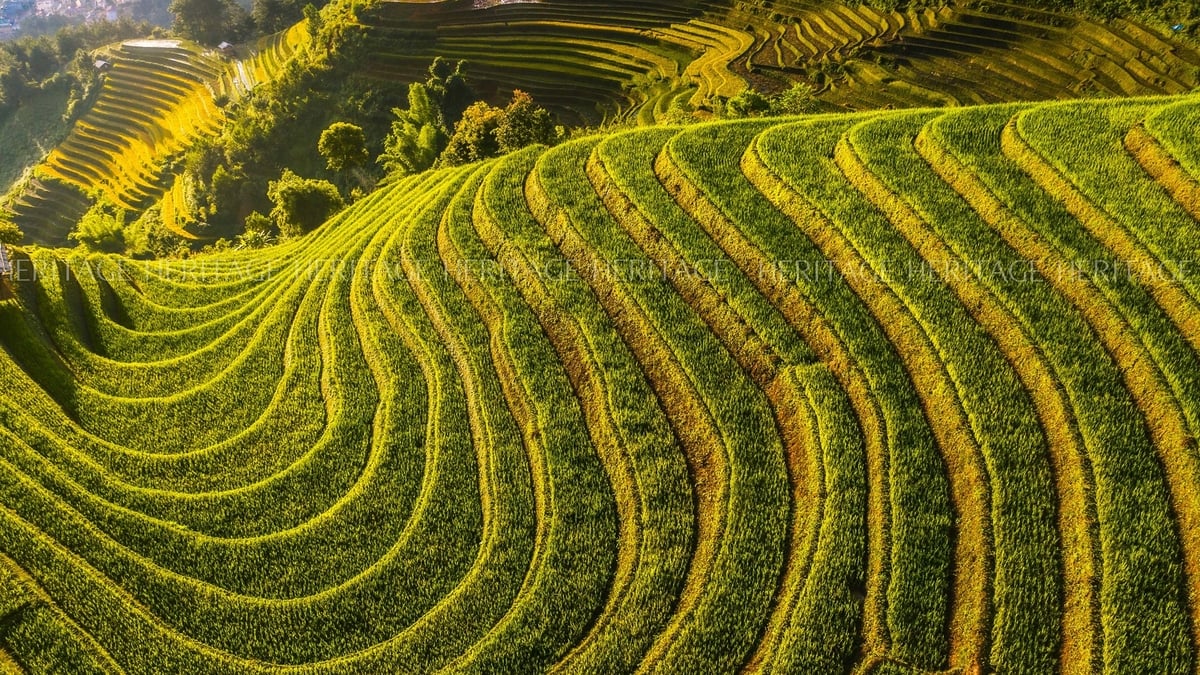


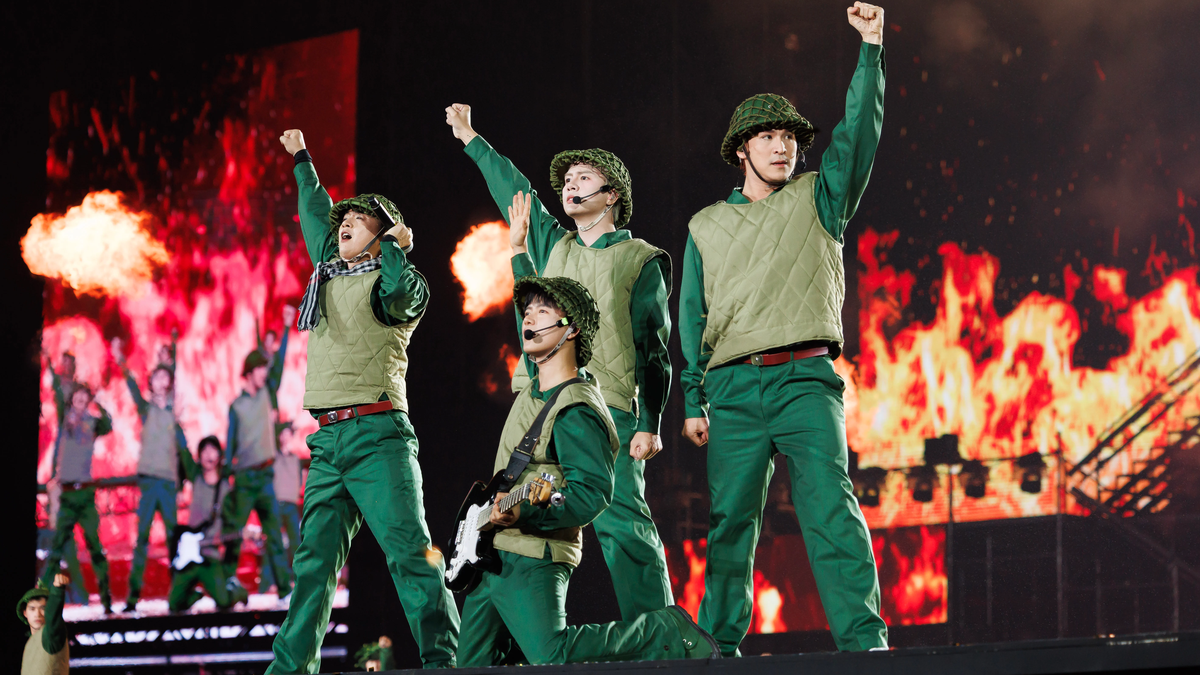
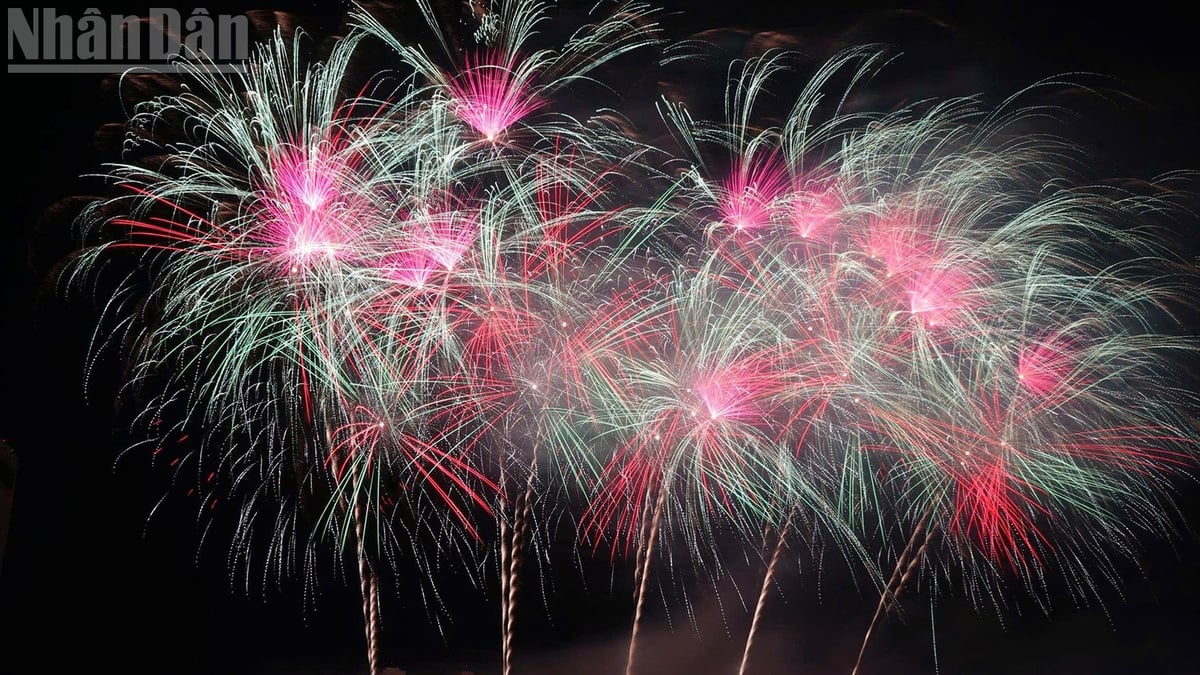



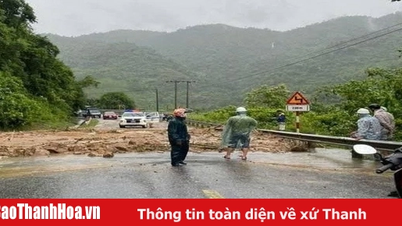




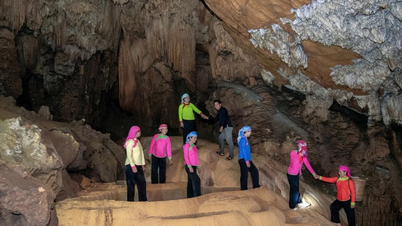

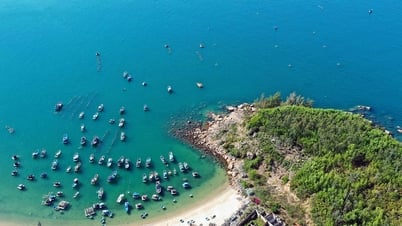





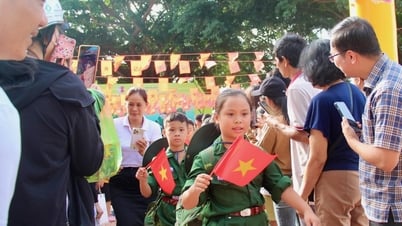
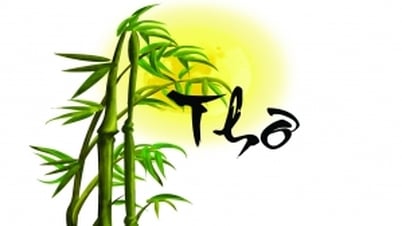
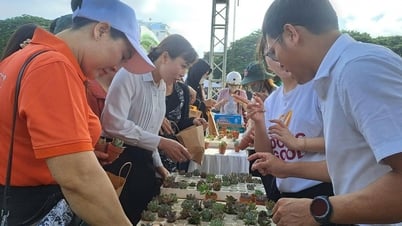
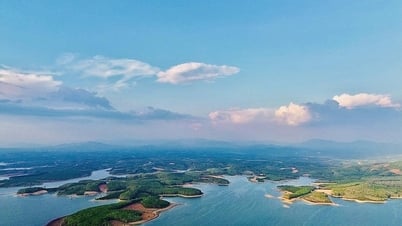
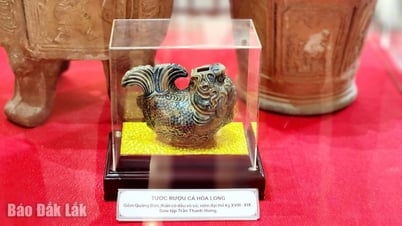
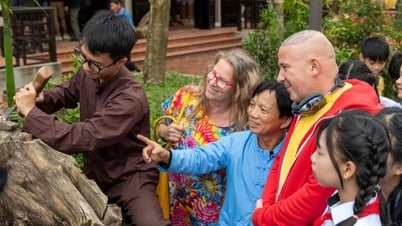




































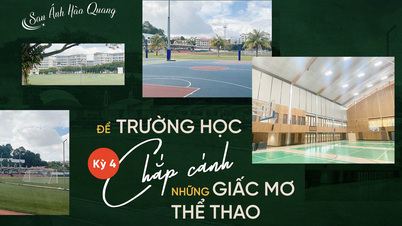


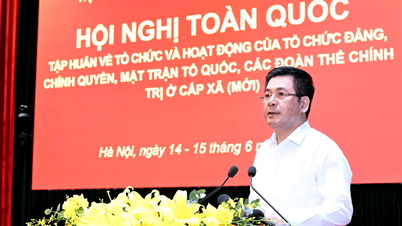






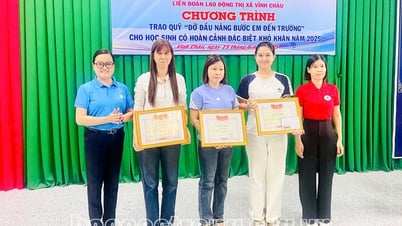

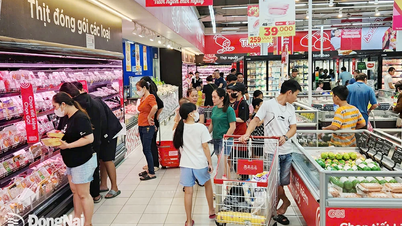

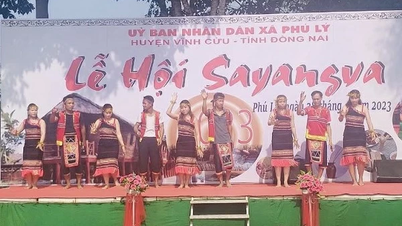















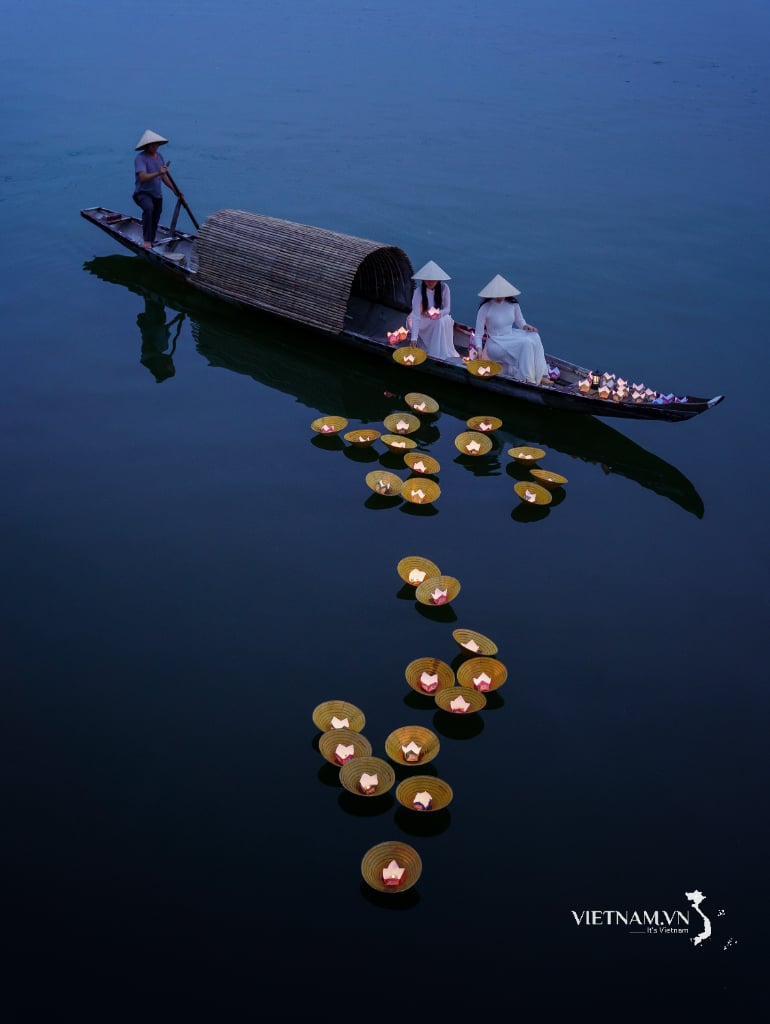
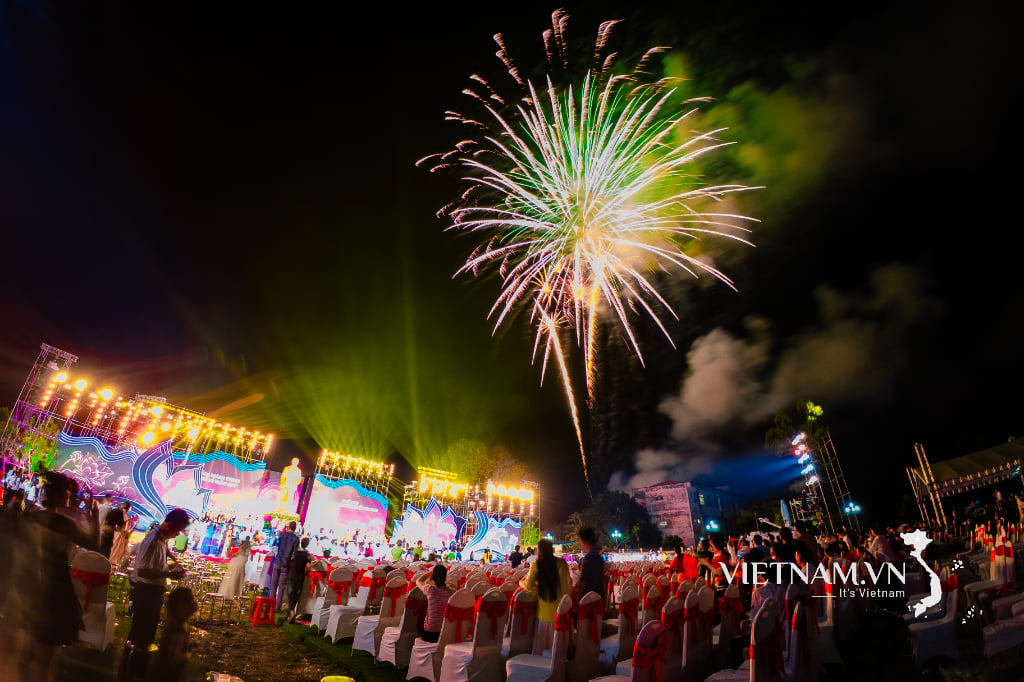
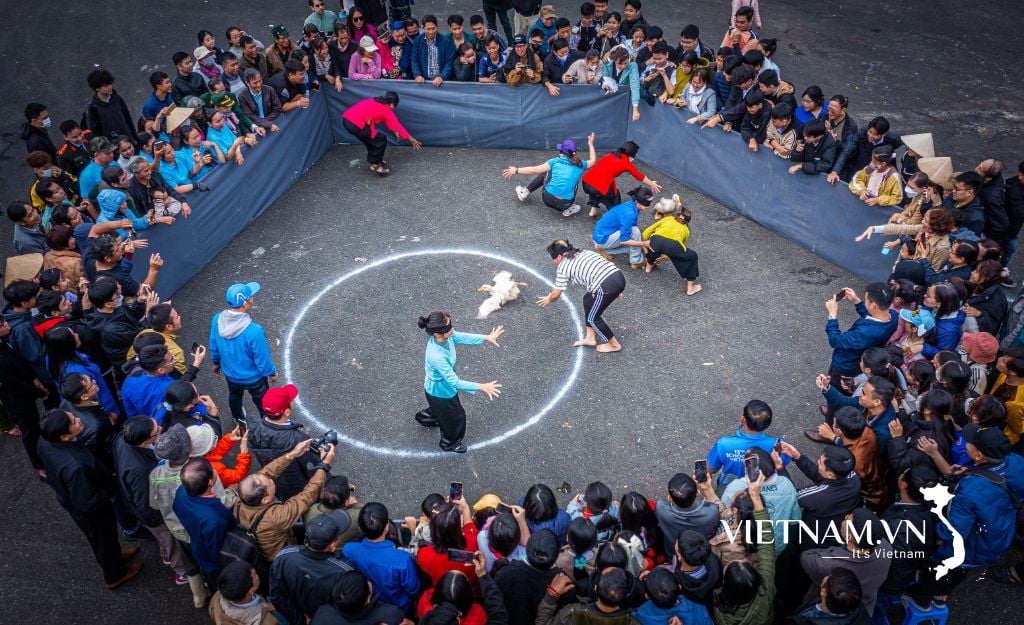
Comment (0)